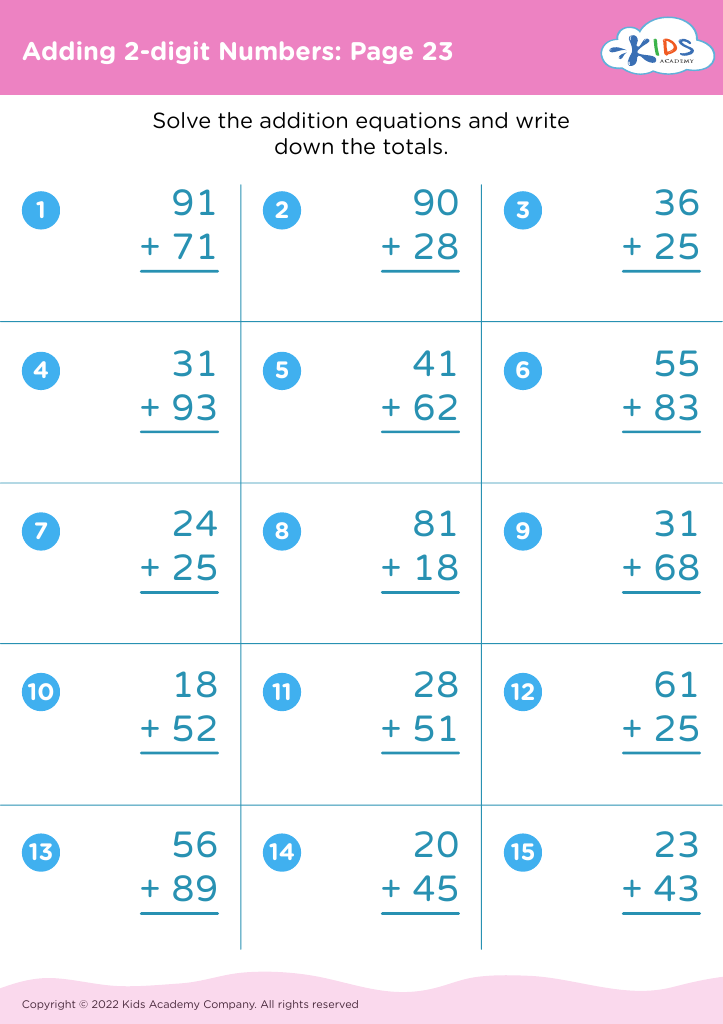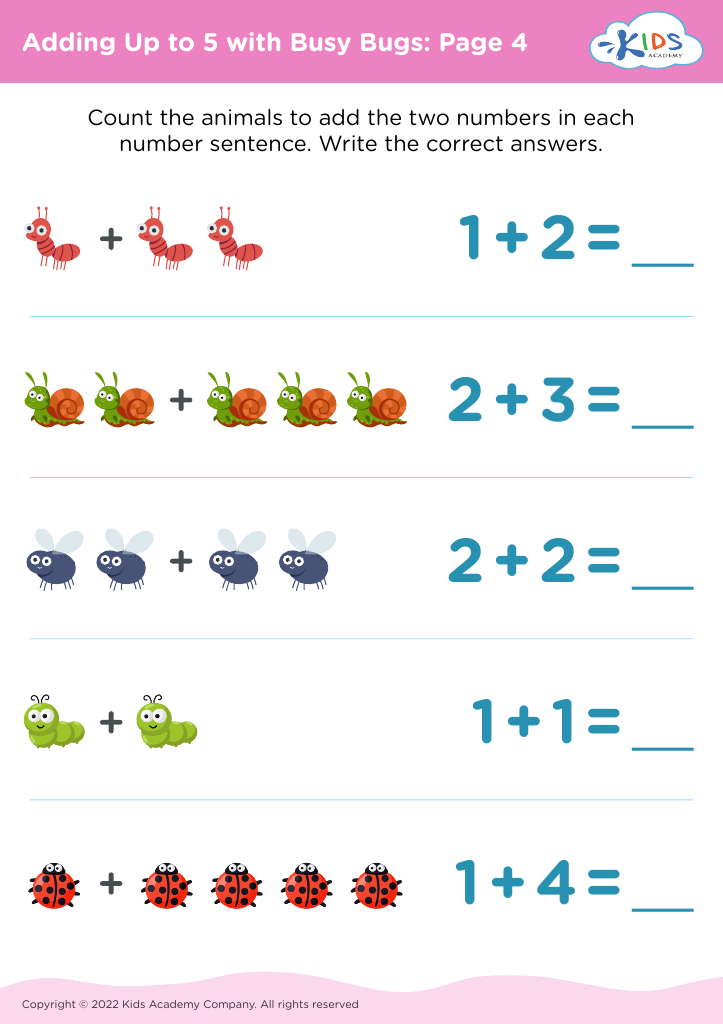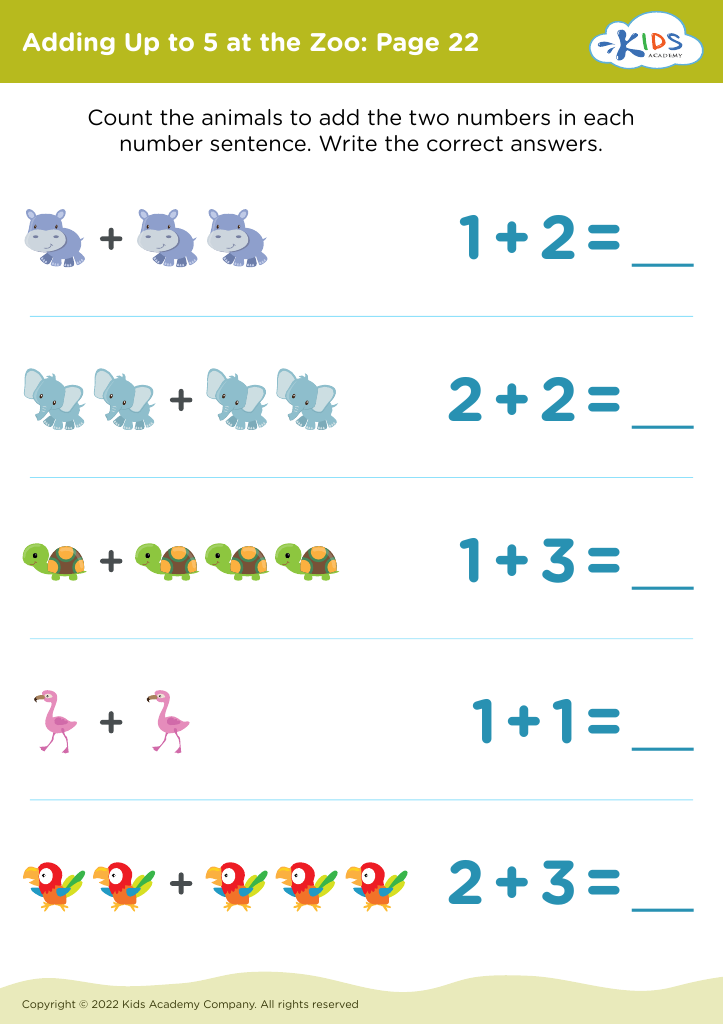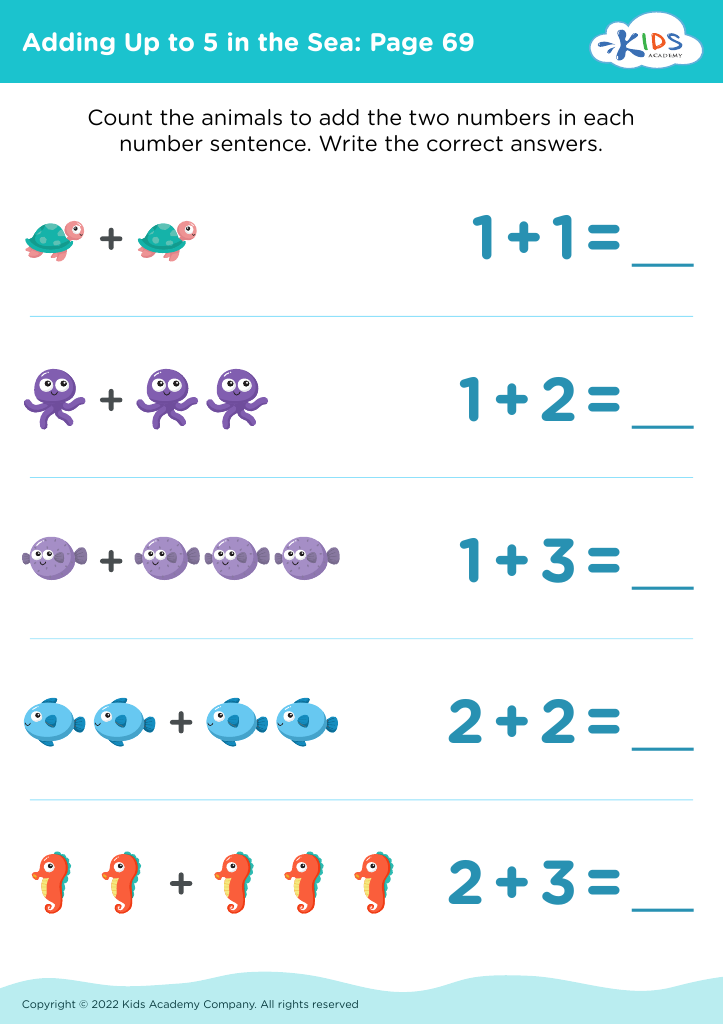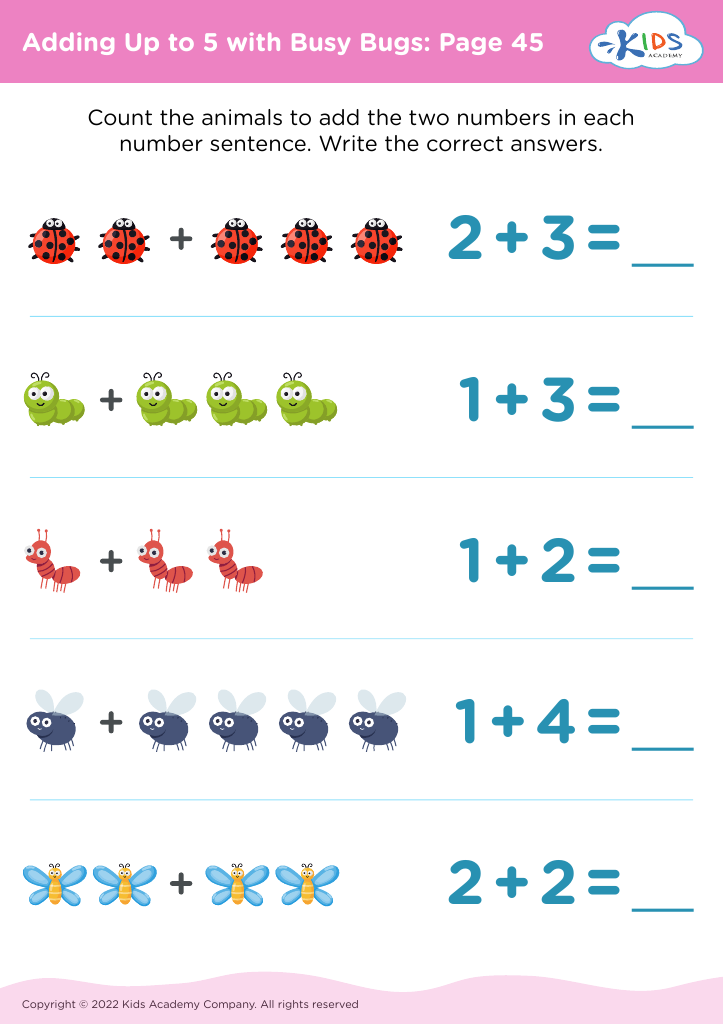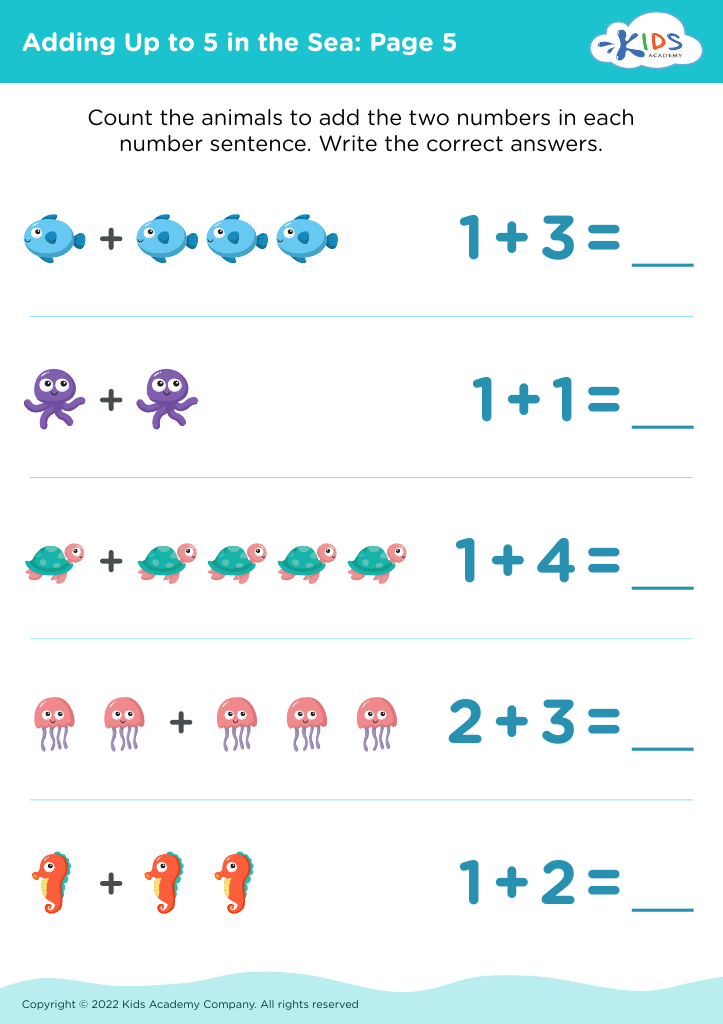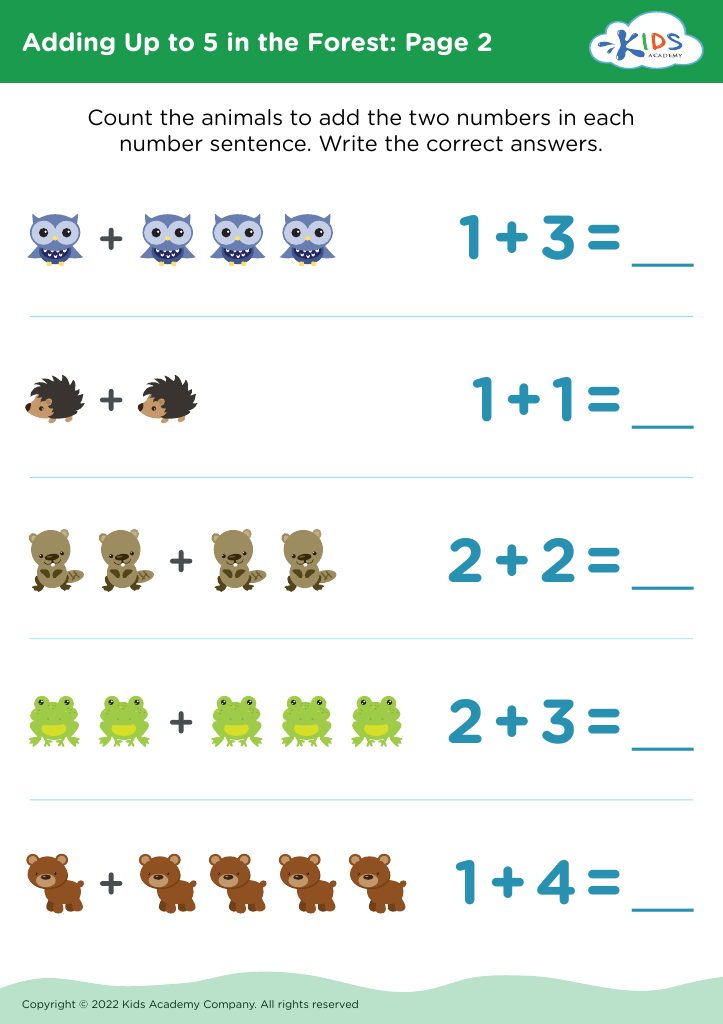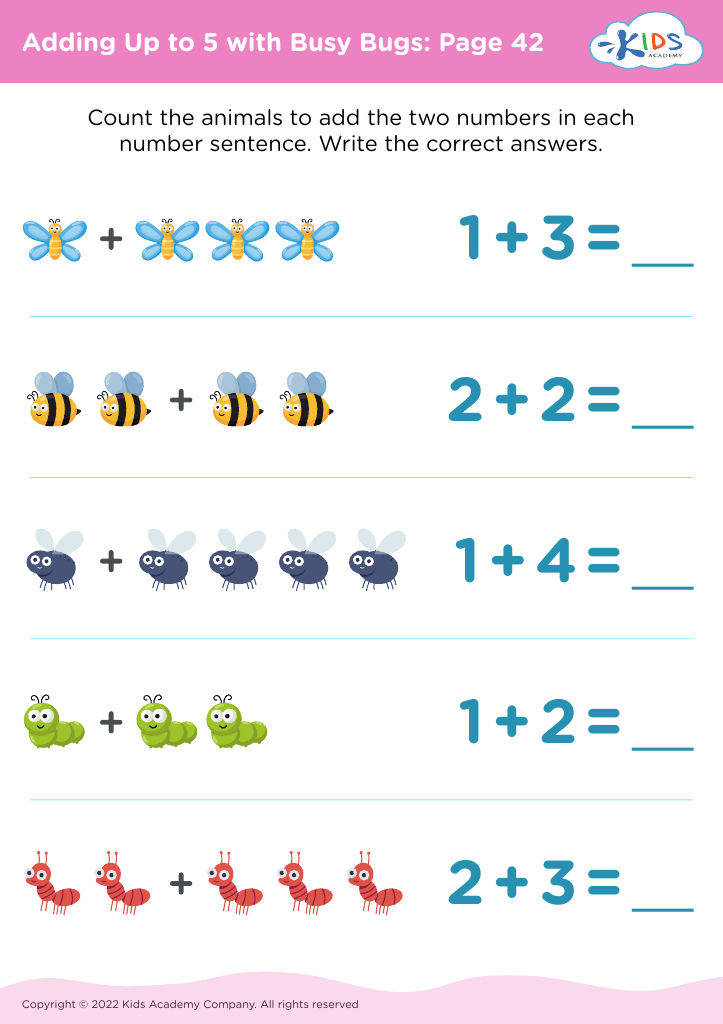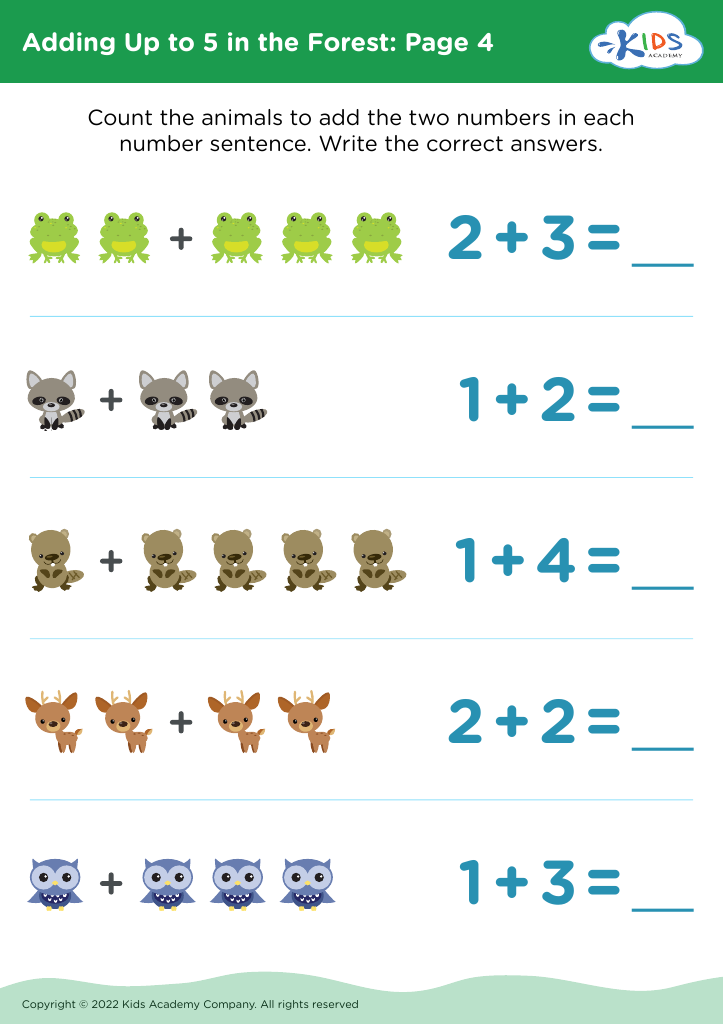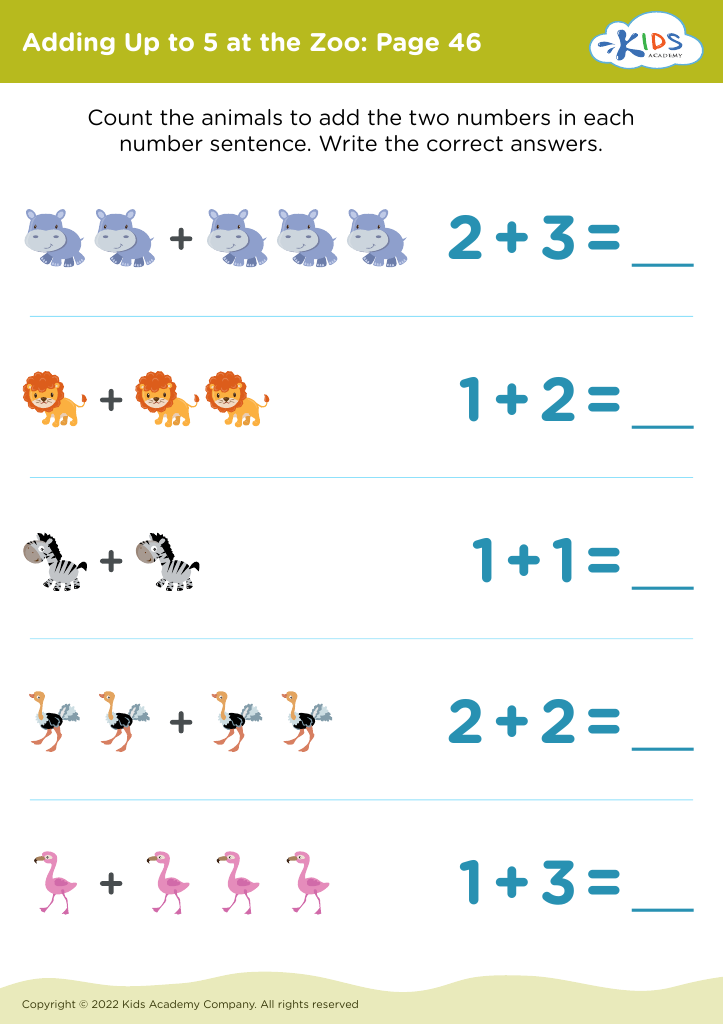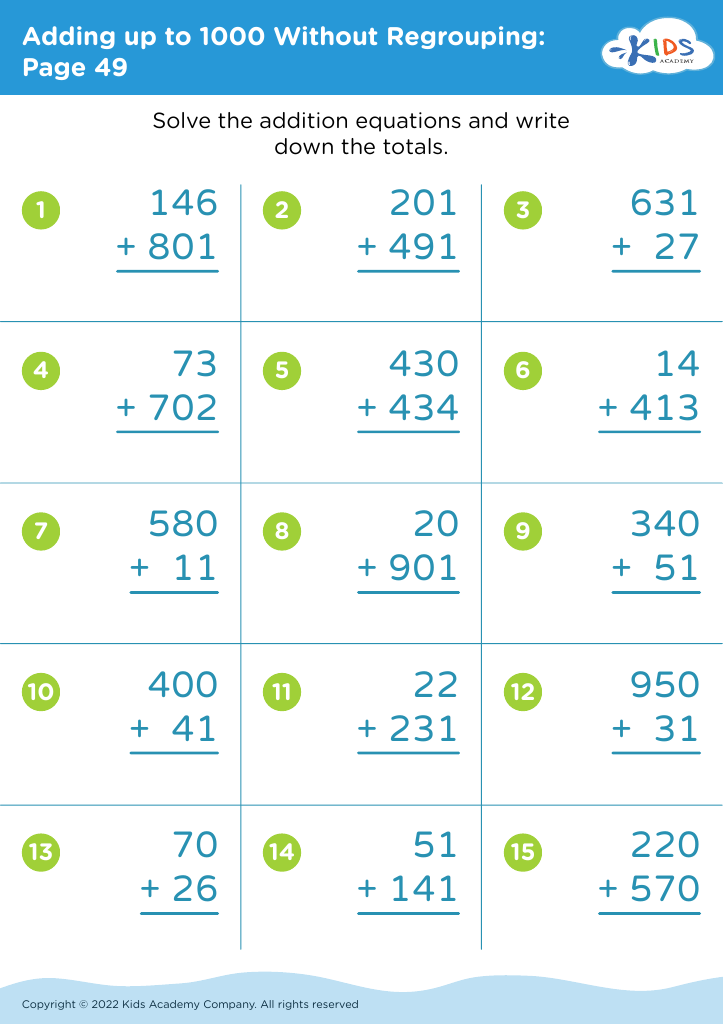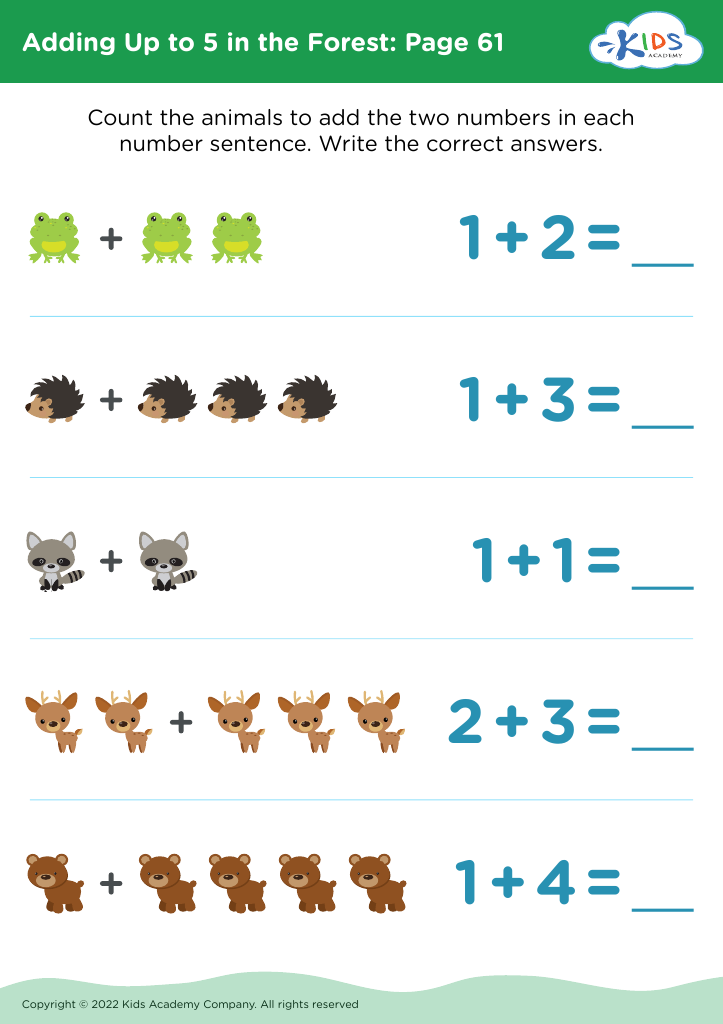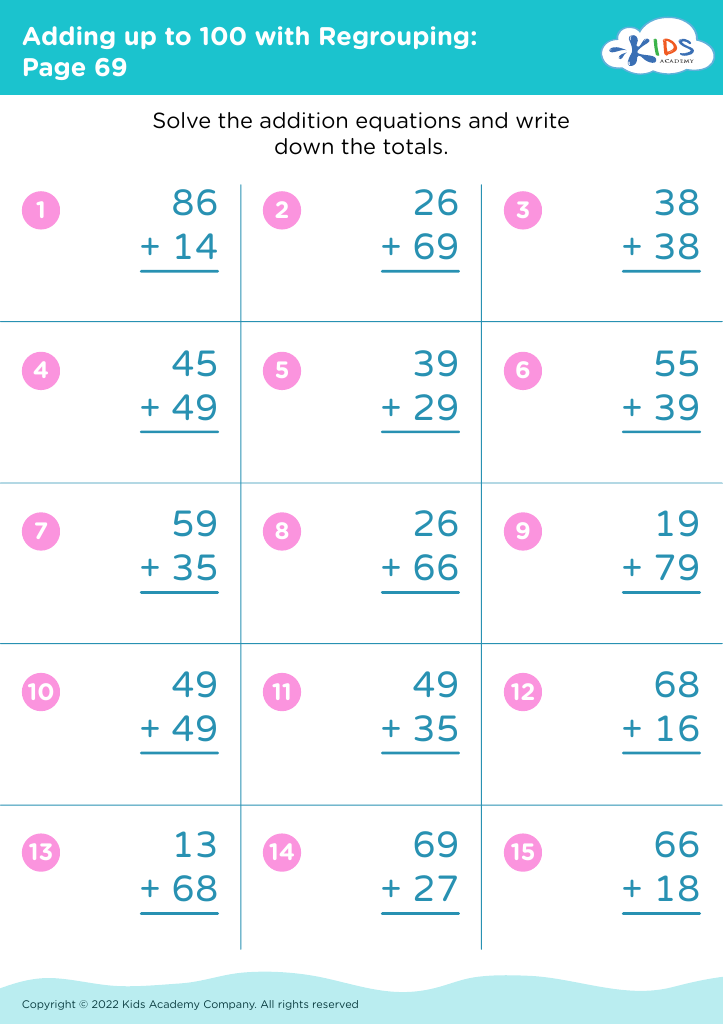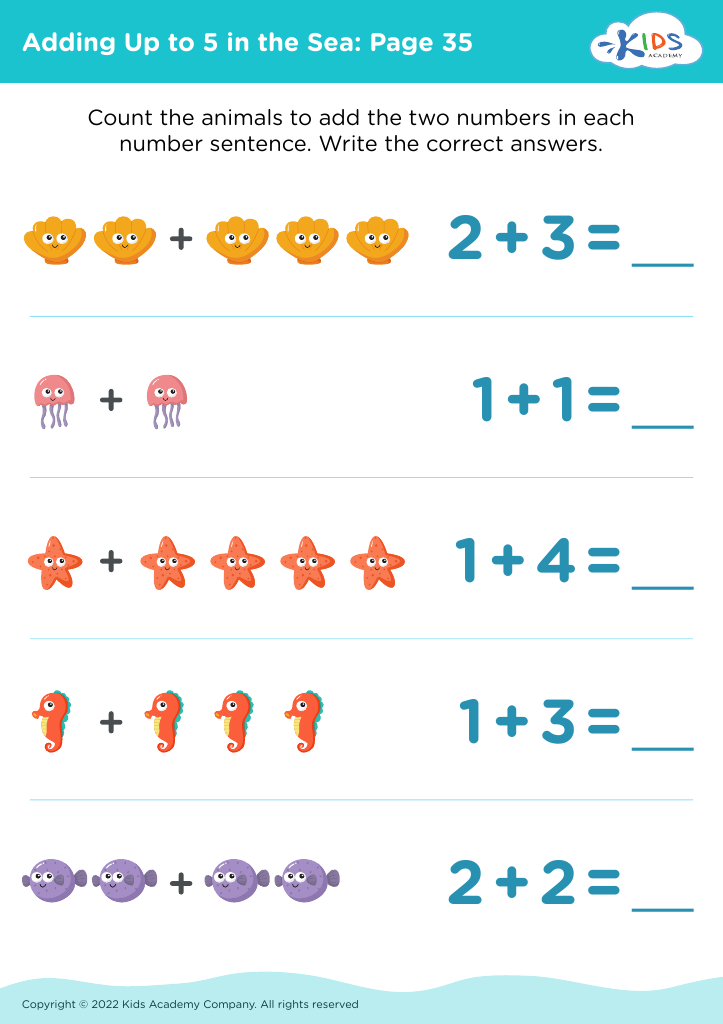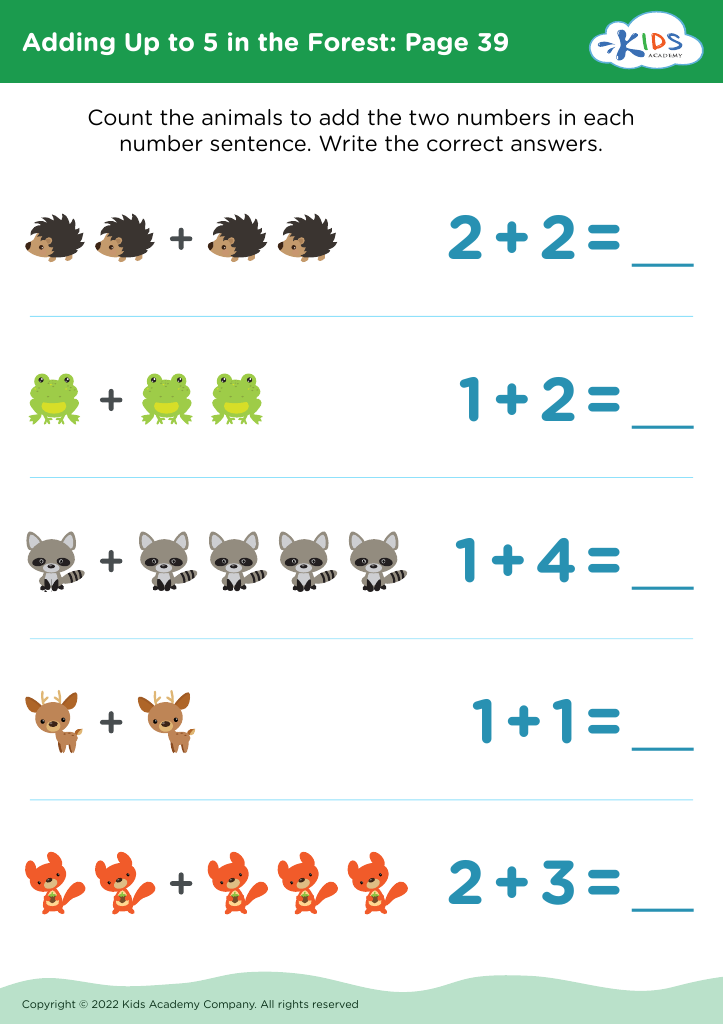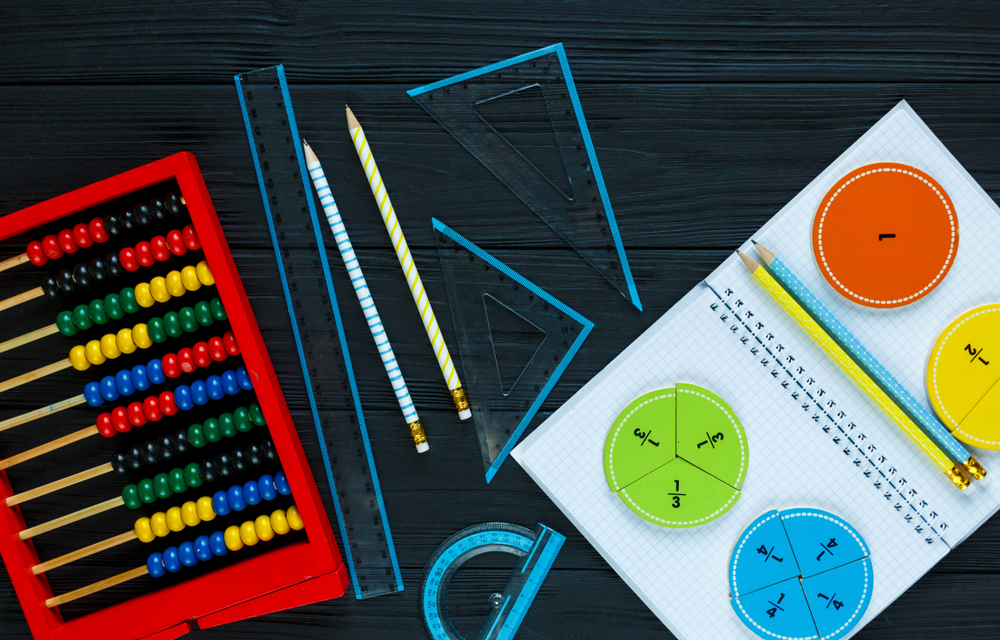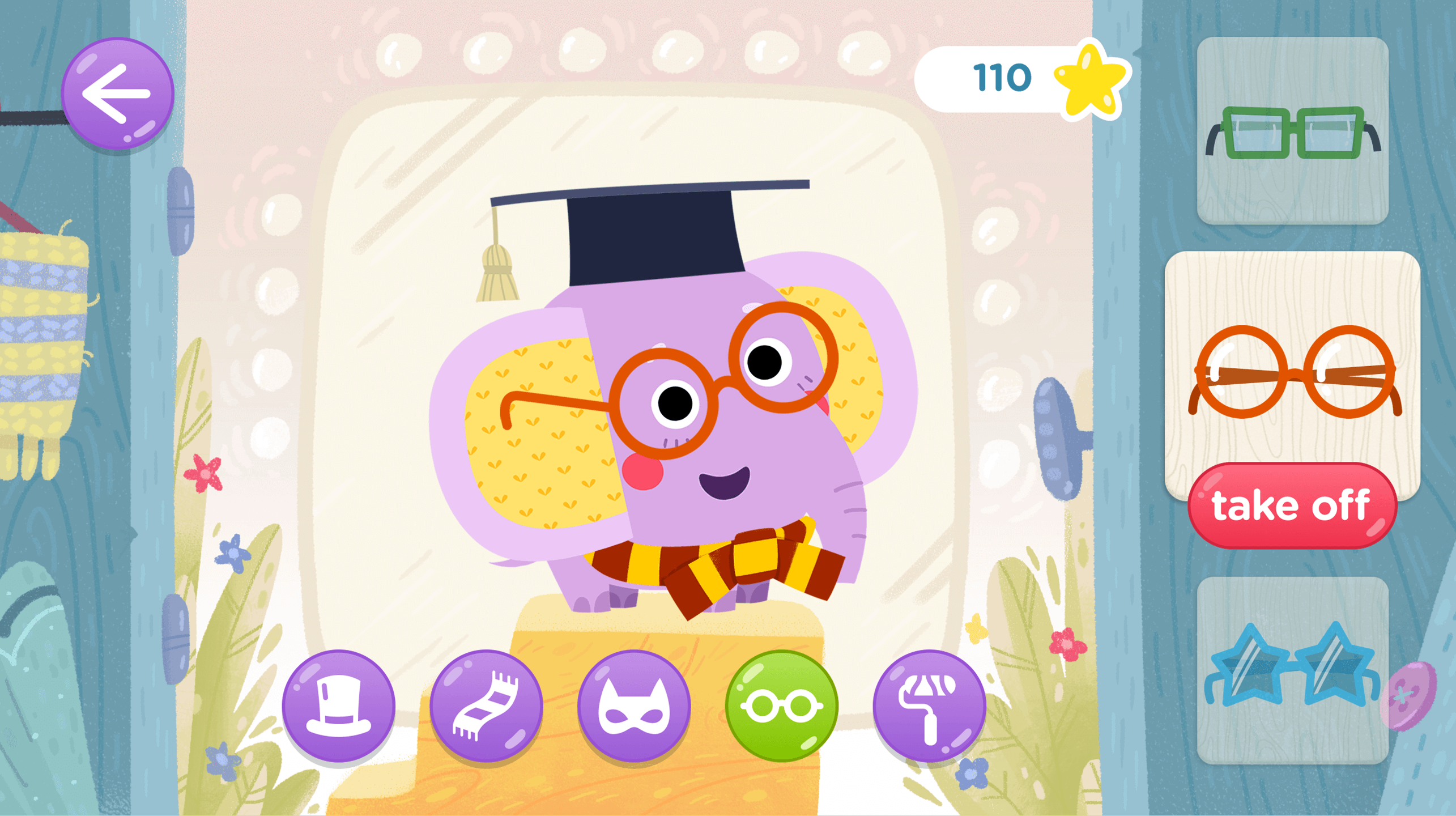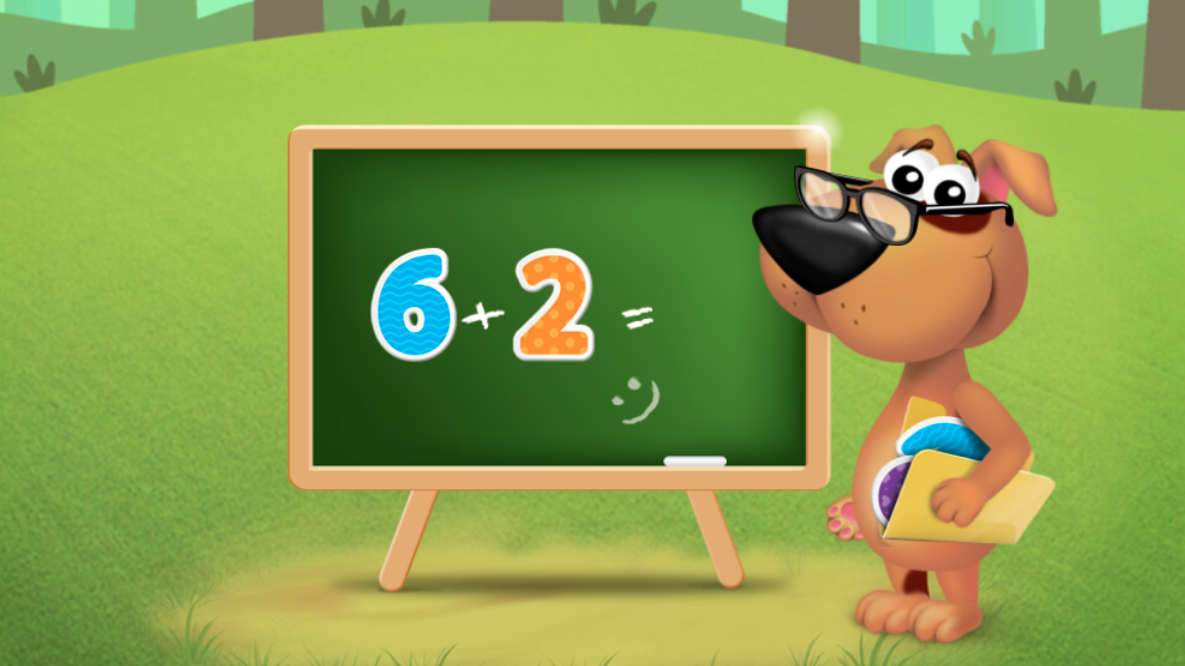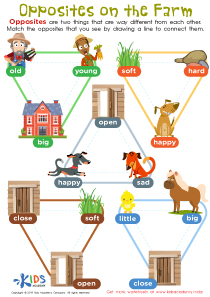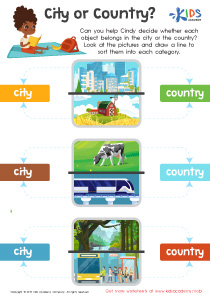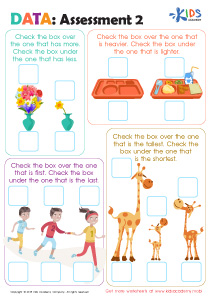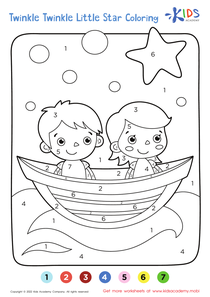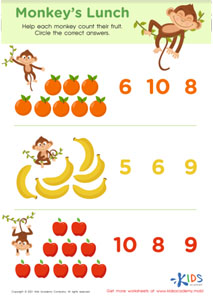Visual perception Addition & Subtraction Worksheets for Ages 3-8
18 filtered results
-
From - To
Explore our engaging Visual Perception Addition & Subtraction Worksheets designed specifically for children aged 3-8! These worksheets not only reinforce essential math skills but also enhance visual perception, helping young learners recognize numbers, patterns, and relationships. Each activity is perfectly tailored to captivate children's attention while fostering critical thinking and problem-solving abilities. With colorful illustrations and fun themes, your child will enjoy mastering addition and subtraction concepts. Ideal for classroom use or homeschooling, our resources support children in building a strong mathematical foundation. Start your child’s learning journey today with our interactive, easy-to-use worksheets that make math fun and accessible!
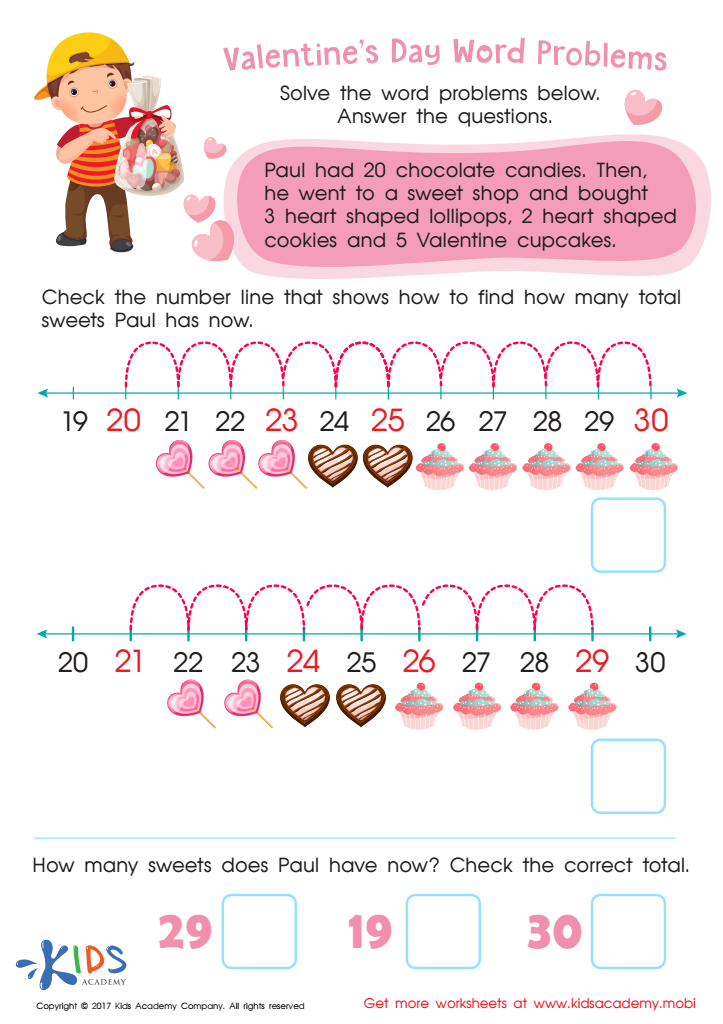

Valentines Day 2 Printable
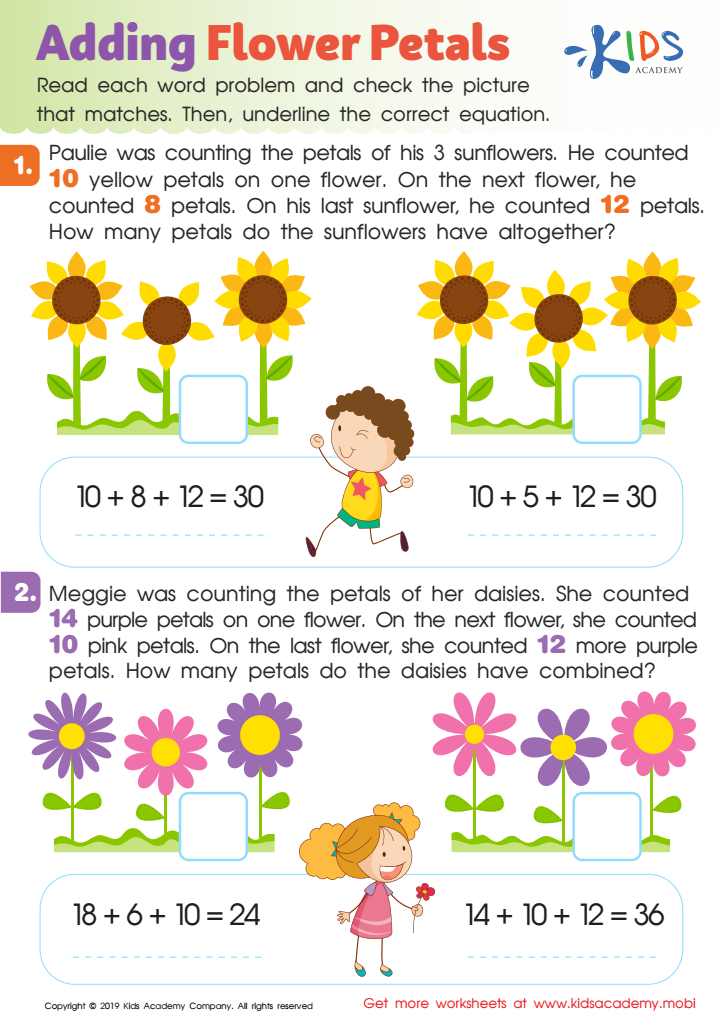

Adding Flower Petals Worksheet
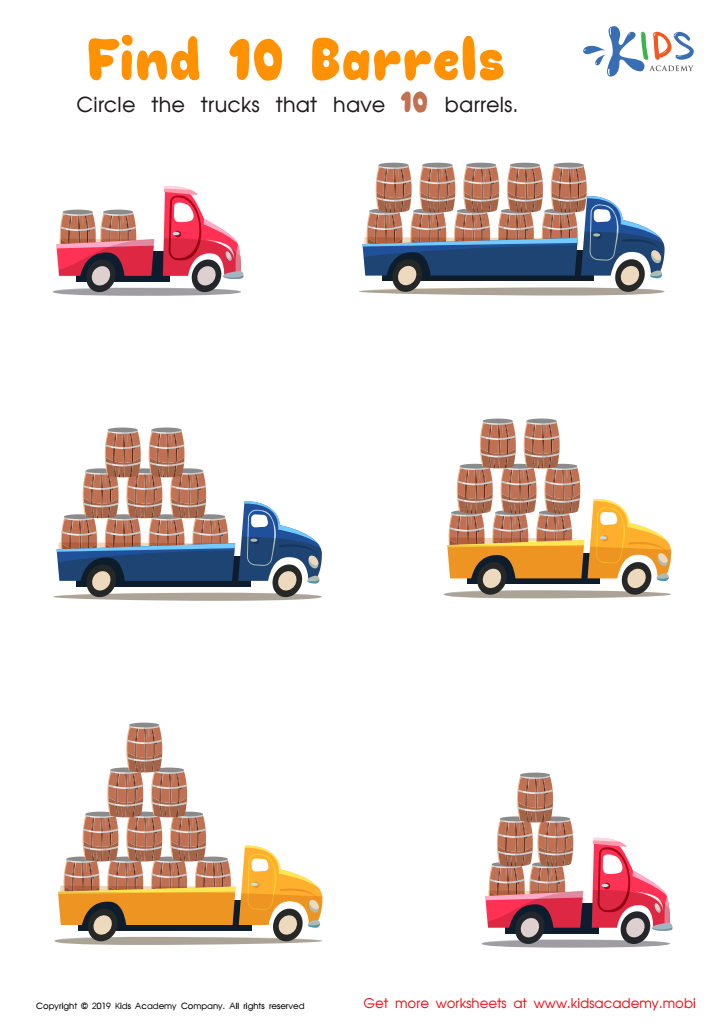

Find 10 Barrels Worksheet
Visual perception is vital for children aged 3-8 as it underpins their ability to understand and work with basic mathematical concepts, especially addition and subtraction. During this developmental stage, children are honing their cognitive, motor, and visual skills, which are all interconnected. Strong visual perception skills allow children to recognize numbers, identify patterns, and comprehend spatial relationships—skills they need to perform arithmetic operations.
When children can visually process information, they're better equipped to solve math problems, whether they involve counting objects, visualizing mathematical concepts, or using diagrams. This ability also supports their academic and social development, enhancing their focus and attention during lessons.
For teachers and parents, fostering visual perception skills can significantly improve a child's confidence and motivation in math. Engaging activities such as sorting, matching, and simple games can facilitate this learning process. Furthermore, the early foundation in math created during this stage influences a child’s future academic performance and builds a love for learning.
Ultimately, supporting visual perception helps ensure that children not only grasp basic arithmetic but also develop essential problem-solving skills that serve them beyond the classroom, laying the groundwork for future success in their educational journey.
 Assign to My Students
Assign to My Students
